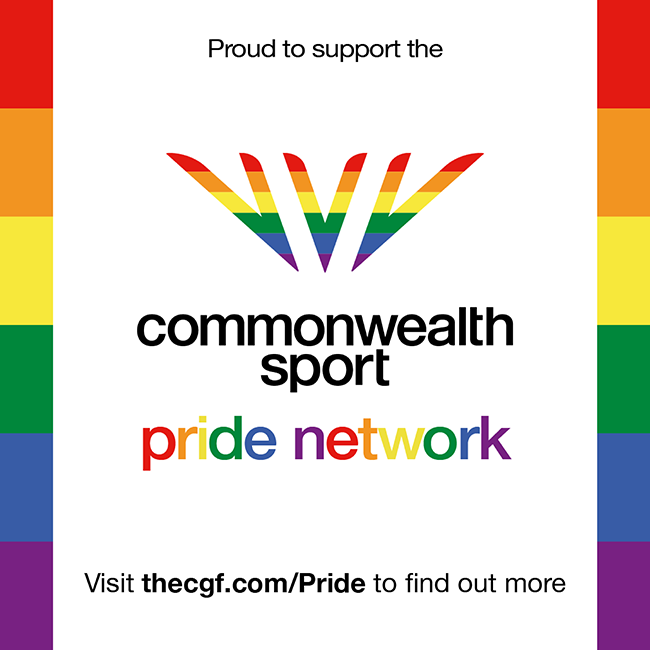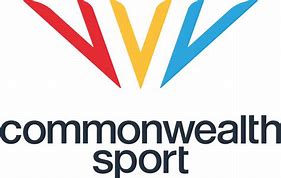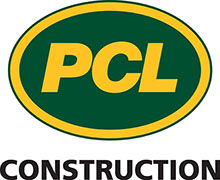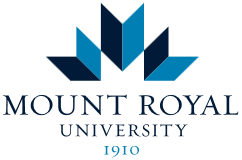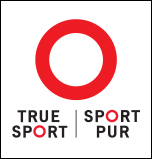George Heller challenges Canada's sport leaders
By: George Heller, President of Commonwealth Games Foundation of Canada
Originally published in the Globe and Mail - June 2, 2008
As a passionate supporter of amateur sport in Canada, I hold strong opinions based on my background in organization and strategy.
My initiation began when I was asked to put the 1994 Commonwealth Games in Victoria, B.C., on a solid footing with less than three years to go. The organizing committee had lost its way because of a lack of strategy, organization, and execution.
As we worked through the issues, it became clear that amateur sport is a tightly controlled, inbred club of sport types who either don’t want outsiders involved or don’t know how to enrol such people. I found amateur sport to be long on passion, short on vision, and adversarial in its dealings. As a result, amateur sport has failed to win its fair share of mind or wallet, and to do so is critical to its success.
Contrasting how business is organized against the various sport models is illuminating.
Business is a collaboration of people and skills to achieve a common objective that is measurable and articulated to all. Essentially, business is a horizontal endeavour with each unit in a company moving in lock step to achieve the mandated common goal.
Amateur sport is a vertical endeavour with every sport, every event, and every participant focused on narrow self-interest at the expense of the greater good. This hinders sport’s ability to be seen as more than its component parts and capture the imagination of the population and the private and public sectors.
A business strives to deliver products and services to a defined customer segment. Ask 10 people to define amateur sport and you will likely get 11 different answers. Amateur sport must, in unison, de-confuse its various publics about the significant differences between recreational and high performance sport. Amateur sport’s three customer segments — the public, governments, and the private sector —will potentially support both if customer expectations and needs are met in each. Failing to segment the two has worked against sport. Each is a noble cause, but each provides different benefits that need to be defined. Know what you are selling and to whom. Selling the benefits of improved medal counts to a customer focused on community involvement is as bad as selling the benefits of youth participation to a customer focused on high performance.
Business strives to match demand with products and services, using advertising to convince the consumer that we have what they want. The messaging is concise and focused with the benefits clearly spelled out.
Amateur sport needs to clarify and quantify the benefits of its products and then match consumer and product. All three of sport’s customer segments are potential buyers of both products.
Business strives to achieve excellence in every unit, each of which competes for resources and influence. Each unit’s leader is also responsible to the total enterprise. The responsibility of senior management is to ensure that unit excellence is not achieved at the expense of enterprise excellence. It is this collaboration that ensures success.
Amateur sport has not learned this important lesson. It is all vertical with no organization or process to manage the totality. The lack of a horizontal perspective is the single largest detriment to reaching the next level. Regrettably, the biggest losers are the athletes. To achieve their potential, athletes need a seamless support system.
Effective leaders are the game breakers in any enterprise. Leaders must have a vision of where to take the organization. They must have a solid grasp of the critical success factors that make the enterprise win. And they must communicate that vision to all of the people involved, explaining how each contributes to overall success. Leaders are decisive, forthright, honest, and make tough choices. They understand the difference between letting everyone have their say and trying to cater to everyone.
Sport leadership is hindered by the sheer number of sport organizations. Sport leaders must find common ground, do away with duplication, re-allocate resources to the product and product development, create a strategy for the sport enterprise, and create a vision that all Canadians can buy into. To help them succeed, I encourage them to enlist non-sport expertise, perspectives, and skills.
Because of the 2010 Vancouver Winter Olympic Games, the public and private sectors are increasing their support for amateur sport. Our company alone has pledged $20 million over seven years. The ongoing key will be athletes and coaches meeting the public to make amateur sport real and personal, telling their stories, building the pride, selling the benefits.
In short, although I have deep respect for what has been achieved, I say to Canada’s sport leaders, if amateur sport in Canada is to thrive and grow, take a lesson from the business community. Consolidate and collaborate. Reach out to leaders with proven tracks records. The expertise is within reach – utilize it and everyone will benefit.
GEORGE HELLER
An inductee into the Canadian Retail Hall of Fame, George Heller has held senior positions in Canadian and international retailing for over 30 years. Now retired, he is a senior director of Hbc, chair of the Advisory Board of Ryerson University’s School of Retail Management, president of the Commonwealth Games Canada Foundation, a member of the International Association of Department Stores, and a senior fellow of the Asia Pacific Foundation of Canada.
Heller was president and CEO of the Victoria Commonwealth Games from 1991 to 1994 and was awarded the Meritorious Service Medal and Citation by the Government of Canada in recognition of his leadership of the Games and his service to Canada.

